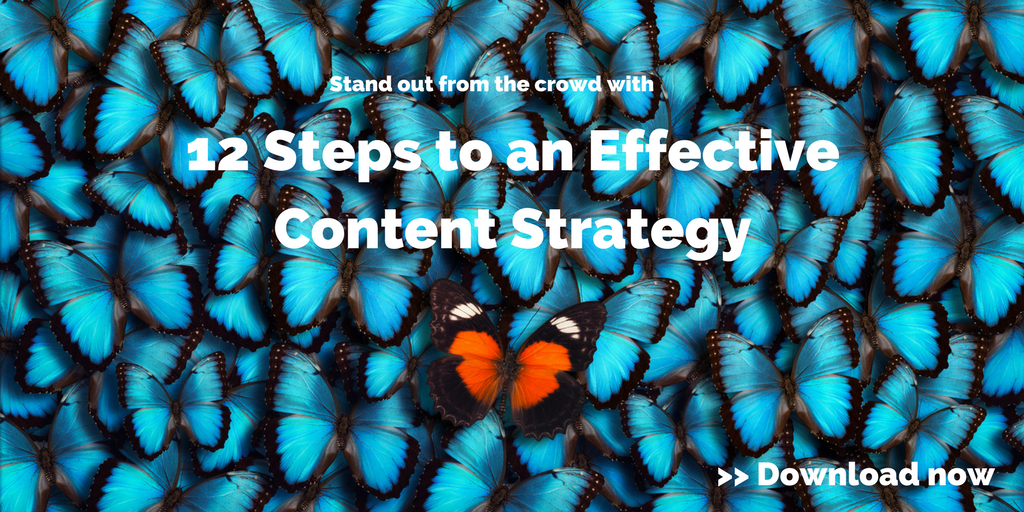Search engines are constantly changing, but these 5 tips will ensure that supply chain marketers can boost SEO in 2019.
Highlights
- People are changing how they search, and search engines are adapting accordingly.
- Simple changes to the structure of your site can have a big impact on your search engine rankings.
- Sites rich in quality content, like blogs and video, are poised to rank high for relevant search queries.
If there’s one constant when it comes to writing to boost Search Engine Optimization (SEO), it’s change. As users change the way they search online, search engines are continually adapting their algorithms to meet their needs. While it’s easy to get overwhelmed, it’s important for supply chain marketers to stay up-to-date and adapt their content strategy to boost SEO.
The year is just getting into full swing, and it’s a great time for savvy marketers to look ahead and make strategic decisions for SEO in 2019. These five tips will help you get ahead of the curve.
5 ways to boost SEO in 2019
1) Cluster content
Gone are the days of keyword rankings. Rather than prioritizing keyword focus, search engines have shifted to rewarding sites that produce strong content and arrange it in focused, niche topics.
Cluster content, a method of on-site SEO, might sound daunting. But it doesn’t require reinventing the wheel, just changing the structure of your site. For a detailed look at topic clusters and pillar content, check out part three of our four part series on writing for SEO.
We’ll give you the short version here: Select several core topics that most closely align with your brand, and reflect the knowledge you have to share. Evaluate your existing content, and categorize it based on which core topic or topics it falls under. Going forward, keep these core topics top of mind when planning and creating content. Next, arrange your site to reflect core topics with content clustered and linked from pillar pages.
2) Use header tags
As they become more and more sophisticated, search engines increasingly mirror human preferences. It doesn’t take an expert to tell you that text is more accessible to the eye when broken up by relevant subheadings — and search engines are no different. Headings make your text easier to skim and allow search engines to pick out content relevant to search queries.
Subheadings make your site more visually appealing, orienting readers and providing structure within your content. Remember that you’re creating headings for the dual purpose of guiding readers and optimizing for search engines. For this reason, stick to headings that are short and informative, reflecting the content below them, rather than teasing your readers with click-baity phrases.
[bctt tweet=” Stick to headings that are short and informative, reflecting the content below them, rather than teasing your readers with click-baity phrases.” username=”Fronetics”]
3) Blog
This one is evergreen. We’ve been writing for years about how blogging is crucial for supply chain companies, for all kinds of reasons — not the least of which is SEO. If increased lead generation and site engagement isn’t reason enough, you should know that blogging is one of the best ways to boost SEO.
A blog is your space for high-quality content that’s fresh, well-researched, and relevant. If you’re choosing your topics based on the needs and preferences of your target audience, chances are, you’re creating content that is perfectly aligned to search engine queries.
4) Make sure your page speed is high
Page speed is crucial for boosting SEO. If your page is loading slowly, Google logs it, and your ranking suffers. Not only that, visitors who do click on your site will be frustrated and turn away.
One of the best ways to improve page speed is to switch to HTTP/2. If you haven’t already, switching your site from HTTP/1.1 (which has been the norm since 1999) is crucial. HTTP/2 was first published in 2015, with the goal establishing a faster, more secure internet. Search Engine Journal has published this great guide to HTTP/2, where you can learn more about the benefits, and how to switch.
5) Video
We’ve been talking about the benefits of video for a while now. Having video on your landing page will robustly improve your SEO. Video increases conversion rates, improves bounce rates, and boosts overall time on sites.
Search engines use bounce rate to rank pages — a low bounce rate and high user retention rate are indicators of strong content and high relevance to your target audience. Consequently, Google is strongly emphasizing these metrics in its ranking algorithm. Video keeps users on your site better than just about anything else and is therefore one of the most effective ways to boost SEO.
Related posts:


